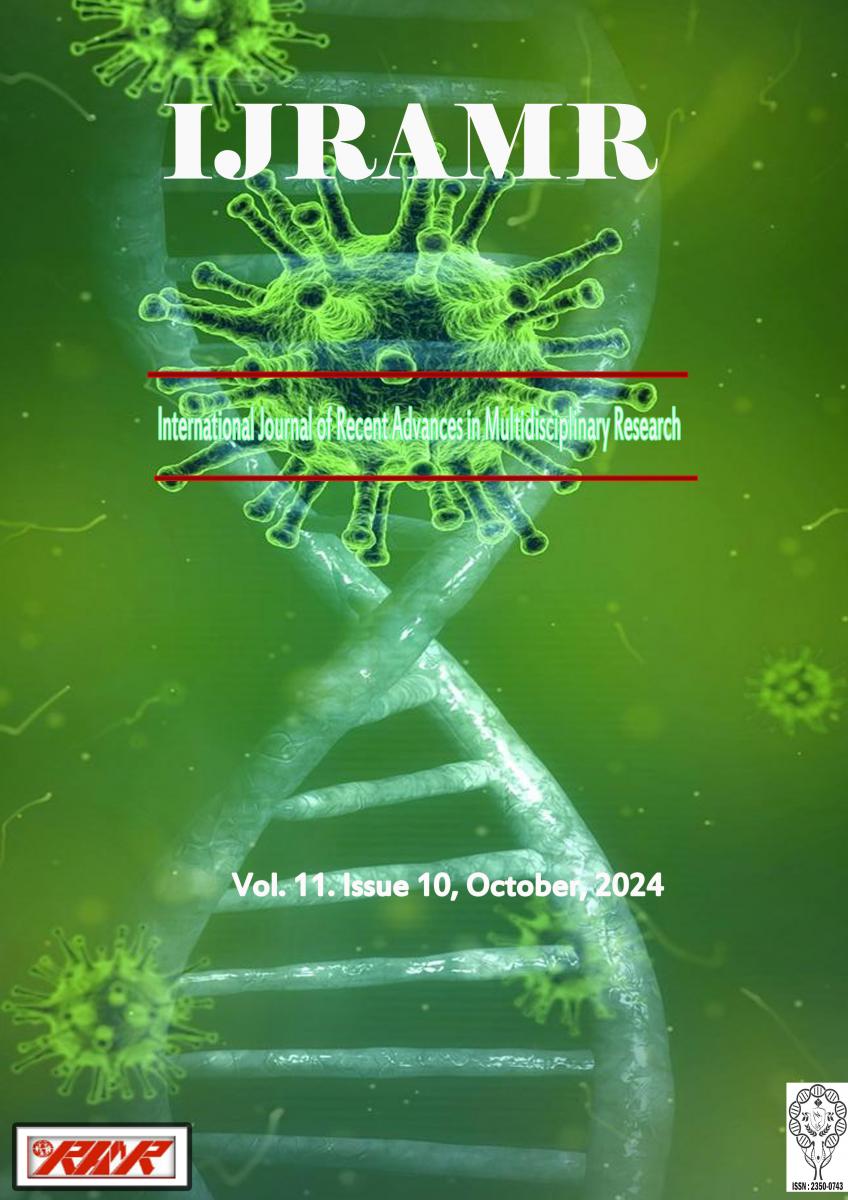Background: The Rohingya refugee crisis has resulted in a significant population of displaced individuals who are currently seeking refuge in refugee camps located in Bangladesh. These individuals are confronted with a multitude of health-related obstacles. In densely populated and resource-constrained environments, the prevalence of communicable diseases, including but not limited to diarrhea, tuberculosis (TB), dengue, and malaria, presents substantial hazards. Aim of the study: The purpose of this study is to assess association of the Socio-Demographic factors with different communicable and non-communicable diseases among the Rohingya refugee population. Methods: a prospective, cross-sectional study of the Rohingya population (N=3060) in Bangladeshi refugee camps. After receiving voluntary consent, information was gathered through in-person interviews utilizing a language-validated, pretested questionnaire on knowledge, attitude and behavioral practices. Prospectively obtained trial registration and ethical approval randomized, non probability and purposivesampling methods were followed. Results: A total of 3060 individual refugee people from different refugee camps where water borne diseases, tuberculosis, mosquito borne diseases, hypertension, diabetes mellitus and iron deficiency anemia had 504, 523, 511, 504, 517 and 501 respondents respectively. Socio-Demographic variables had found significant association on different diseases knowledge and practice part. Age groups had significantly associated with practice part “Do you wash your hands after defecation with soap?” variables (p<.05). Gender had significantly associated with practice part “Do you cook your foods properly?” variable (p<.001).Age groups had significant association with “Do you know what TB is?” variable (p<.05). Age groups had found significant association with “Do you know about Mosquito-borne disease?” variable (p<.001) and with “Do you know the causes of Mosquito-borne disease?” variable (p<.001). Monthly family income had found significant association with “Do you take sufficient fruits and vegetables regularly?” variable (p<.05), and with “Do you have regular meals daily?” variable (p<.05). Discussions & Conclusion: The results of the study highlight the significance of various factors, including age, gender, educational attainment, and job title, in influencing refugees' perceptions of illnesses and health-related behaviors. The findings of this study hold considerable implications for health intervention strategies pertaining to refugees. In order to enhance awareness and prevention of illnesses, it is imperative to design health education initiatives that are customized to cater to the unique requirements of diverse age cohorts, genders, and educational levels. The study has significant ramifications for refugee-related health intervention techniques. To improve illness awareness and prevention, health education programs must be specifically tailored to the needs of various age groups, genders, and educational backgrounds. The Rohingya refugee population can benefit from improved health outcomes and a decrease in the burden of infectious and non-communicable diseases through promoting hygiene habits, disease-specific knowledge, and lifestyle changes.






